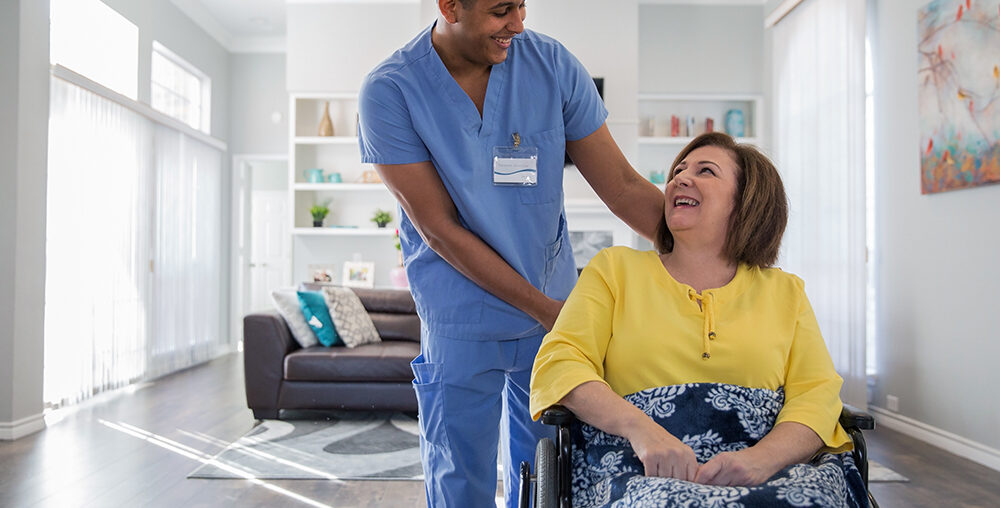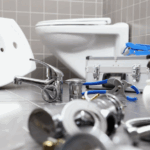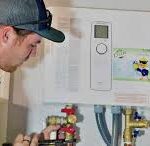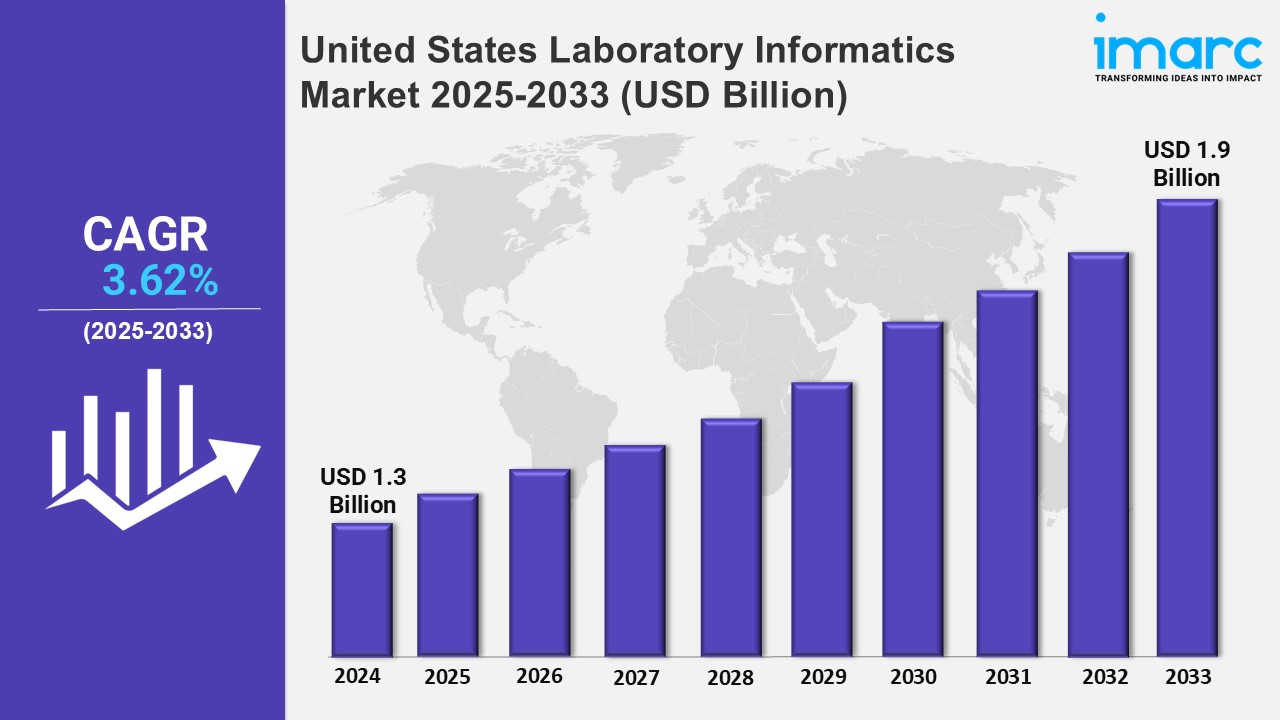Continuity of care is a vital element of effective home healthcare services. It ensures that patients receive coordinated and uninterrupted care across different stages of treatment and from multiple healthcare professionals. In the context of Home Healthcare Dubai, maintaining consistent care contributes to improved patient outcomes, enhanced satisfaction, and greater efficiency in managing chronic and acute conditions.
Understanding Continuity of Care:
Continuity of care refers to the quality of care over time, characterized by the seamless transition and integration of services from various healthcare providers. In-home healthcare includes coordination among nurses, therapists, caregivers, and physicians who manage a patient’s care at home.
Types of Continuity:
There are several forms of continuity in healthcare:
-
Informational continuity: Sharing of relevant information across all professionals involved.
-
Management continuity: Consistent and coherent approach to managing the patient’s health.
-
Relational continuity: Developing trust and ongoing relationships between patient and caregiver.
Importance of Continuity in Home Healthcare:
Home healthcare settings often cater to individuals with complex medical needs, chronic illnesses, or limited mobility. Ensuring continuity in such cases is crucial for several reasons:
Enhances Patient Safety:
Consistent communication and proper documentation reduce errors in medication, treatment, or therapy. When caregivers are fully informed, the risk of complications due to miscommunication is significantly reduced.
Builds Trust and Comfort:
Regular caregivers foster a trusting relationship with the patient, which can improve mental and emotional well-being. A patient who feels comfortable with a consistent caregiver is more likely to communicate openly and adhere to care plans.
Promotes Better Health Outcomes:
Continuity helps in recognizing early signs of health deterioration and taking timely action. Long-term caregivers are better equipped to notice subtle changes in behavior, appetite, or mobility that might indicate emerging health concerns.
Challenges to Continuity in Home Healthcare:
Despite its importance, achieving continuity in home healthcare can be challenging due to various factors.
Staffing Variability:
Home healthcare services often rely on multiple caregivers rotating shifts. This makes it harder to assign the same staff consistently, potentially affecting relational continuity.
Communication Gaps:
Information can be lost or misunderstood when transitioning between caregivers or during shift changes. Lack of standardized communication protocols further exacerbates this issue.
Technology Integration:
While digital tools can help track care plans and patient progress, lack of integration among different providers or platforms can hinder seamless coordination.
Strategies for Ensuring Continuity:
Several strategies can be implemented to improve continuity of care in home healthcare environments.
Standardized Care Plans:
Creating comprehensive care plans accessible to all involved caregivers ensures a shared understanding of the patient’s needs, preferences, and goals. Regular updates keep the care plan relevant and responsive.
Effective Communication Systems:
Using communication tools such as secure messaging platforms, digital charts, and shared schedules allows caregivers to stay informed. This enhances collaboration and reduces the chances of miscommunication.
Dedicated Care Teams:
Assigning a primary team of caregivers for each patient helps maintain relational continuity. Even when substitutions are needed, having backup staff familiar with the patient can provide consistent care quality.
Training and Education:
Continuous training of caregivers on the importance of continuity, documentation practices, and communication techniques equips them to manage transitions smoothly and provide patient-centered care.
Role of Family in Continuity of Care:
Families play an integral role in supporting continuity, especially in home healthcare settings where the boundaries between clinical and personal care often overlap.
Providing Key Information:
Family members can help bridge communication gaps by updating new caregivers about the patient’s preferences, habits, and daily routines.
Monitoring Care Quality:
Families can observe and report any inconsistencies or concerns in the caregiving process, helping ensure adherence to the care plan.
Emotional Support:
Familiarity and emotional reassurance from family members enhance the overall care experience, contributing to better health and happiness for the patient.
Monitoring and Evaluation:
To ensure continuity of care remains effective over time, regular monitoring and evaluation are essential.
Outcome Tracking:
Tracking patient outcomes such as recovery progress, readmission rates, and satisfaction levels helps evaluate the success of continuity strategies.
Caregiver Feedback:
Encouraging caregivers to provide feedback on communication tools, workflow, and collaboration can identify areas for improvement in maintaining continuity.
Patient and Family Input:
Patient and family surveys can offer valuable insights into the perceived consistency and quality of care, guiding future service improvements.
Technology and Continuity:
Technological innovations are increasingly being used to strengthen continuity of care in Home Healthcare in Dubai.
Electronic Health Records (EHRs):
EHRs provide centralized access to medical history, medication lists, and care plans, enabling coordinated care among multiple providers.
Remote Monitoring Devices:
These tools allow caregivers and healthcare professionals to monitor patient vitals in real-time, supporting timely interventions and consistent care delivery.
Scheduling and Task Management Tools:
Digital platforms that schedule visits, log care activities, and track task completion help maintain transparency and accountability in care.
Conclusion:
Ensuring continuity of care in home healthcare requires a concerted effort across many dimensions—planning, communication, technology, caregiver training, and family involvement. It is not a one-time activity but a dynamic process that must be continually assessed and refined. The rewards of achieving continuity are profound: safer care, healthier outcomes, and more satisfied patients. As home healthcare becomes more prevalent and complex, the need for a coordinated, seamless care experience becomes even more critical. By focusing on continuity, care providers can uphold the dignity, comfort, and health of patients in the environment they cherish most—their home.




